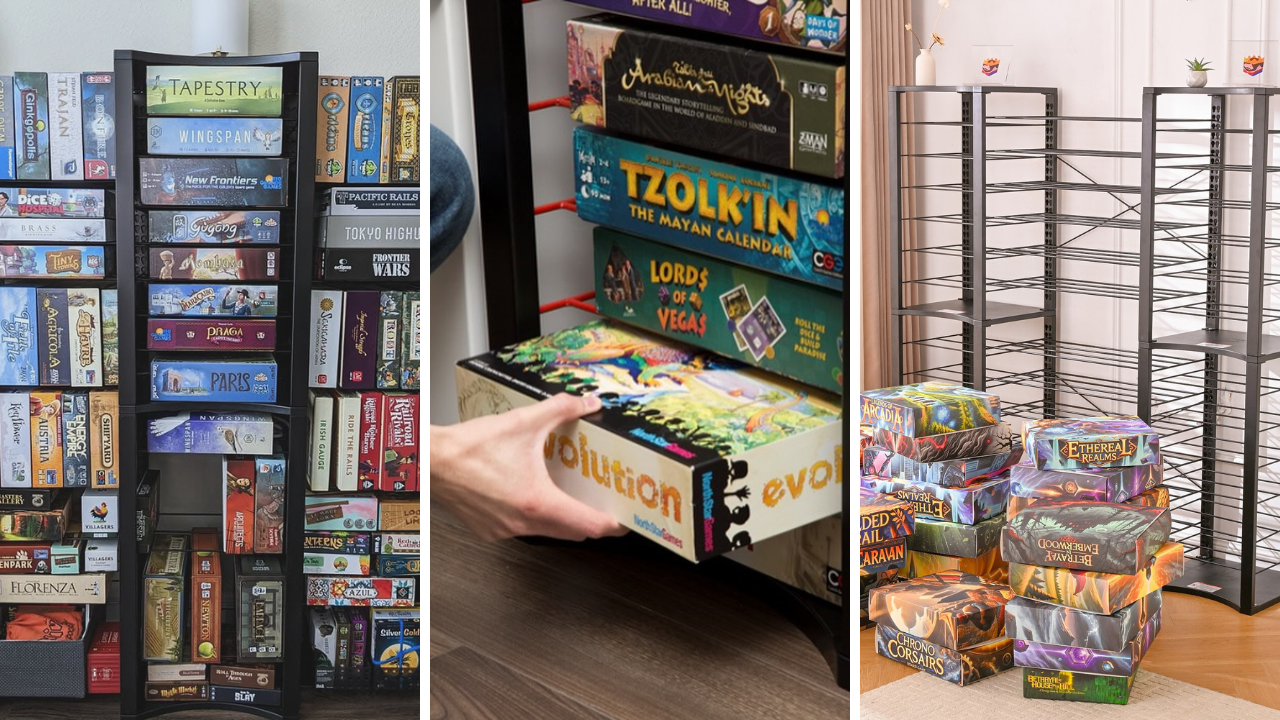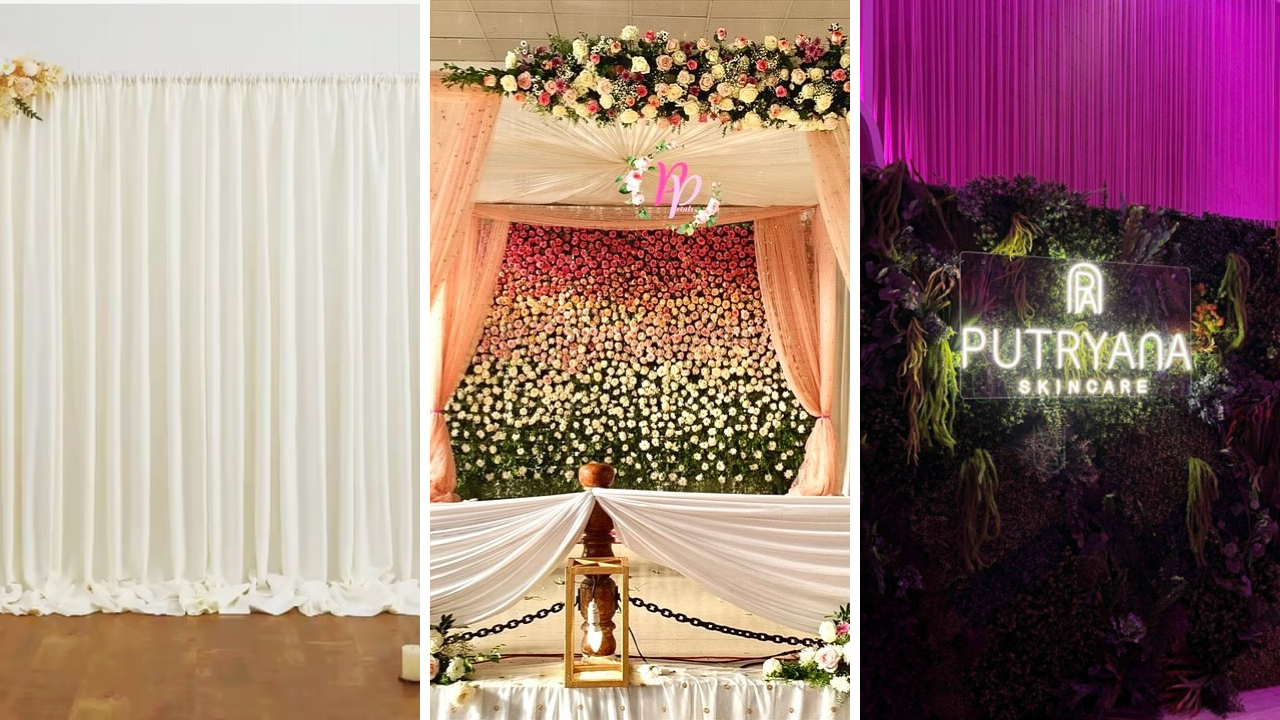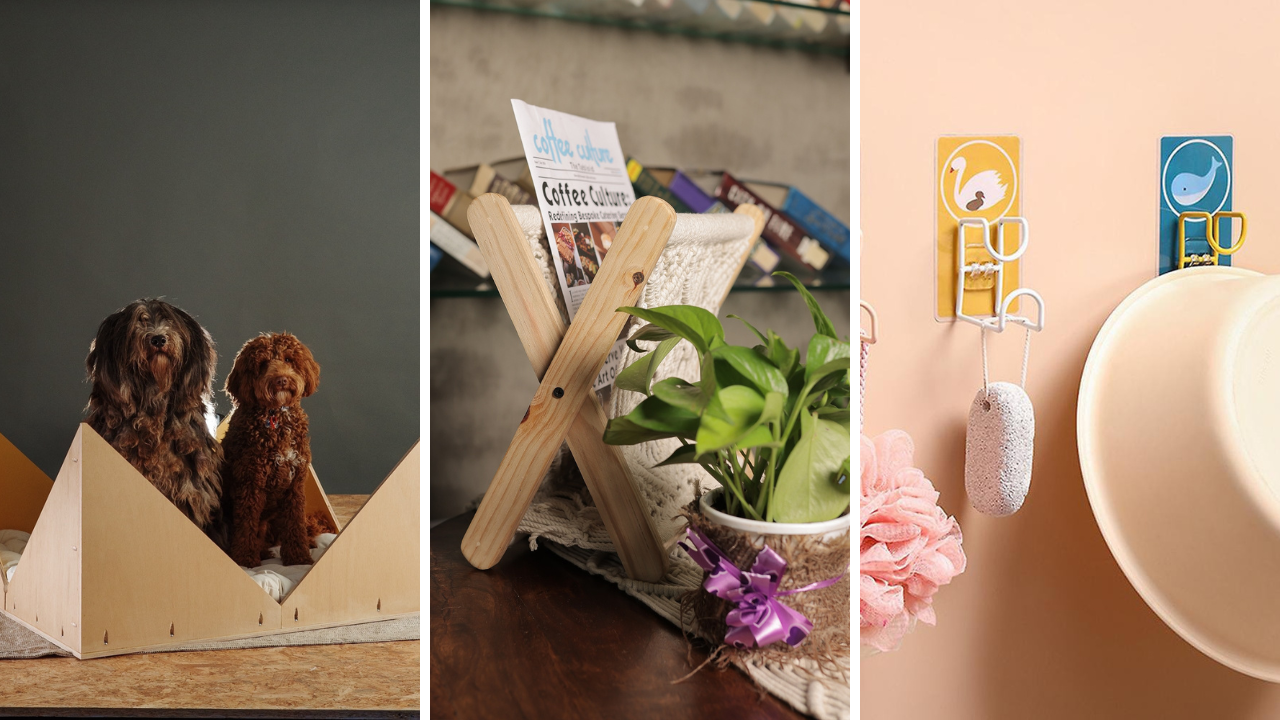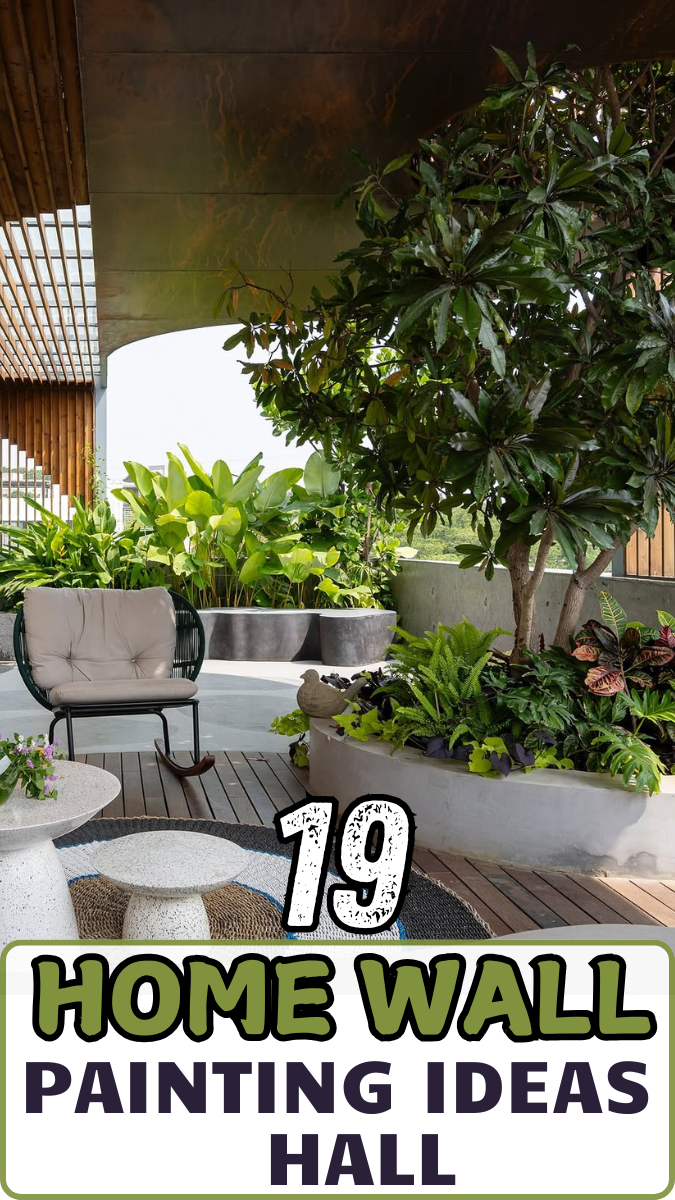
Creating a breathtaking outdoor garden is about more than just planting flowers—it’s about designing a space that brings beauty, relaxation, and functionality to your home. Whether you have a sprawling backyard or a small patio, thoughtful landscaping can make all the difference. From choosing the right plants to incorporating hardscape elements, each decision plays a crucial role in shaping your garden. The right landscaping secrets can help you maximize your space, enhance curb appeal, and create a serene oasis where you can unwind or entertain guests. If you’re looking for practical yet stunning ways to elevate your outdoor area, this guide will introduce you to 19 essential garden landscaping secrets. From low-maintenance plant choices to unique design ideas, these expert tips will transform your outdoor space into a picturesque retreat.
1. Start with a Well-Thought-Out Plan
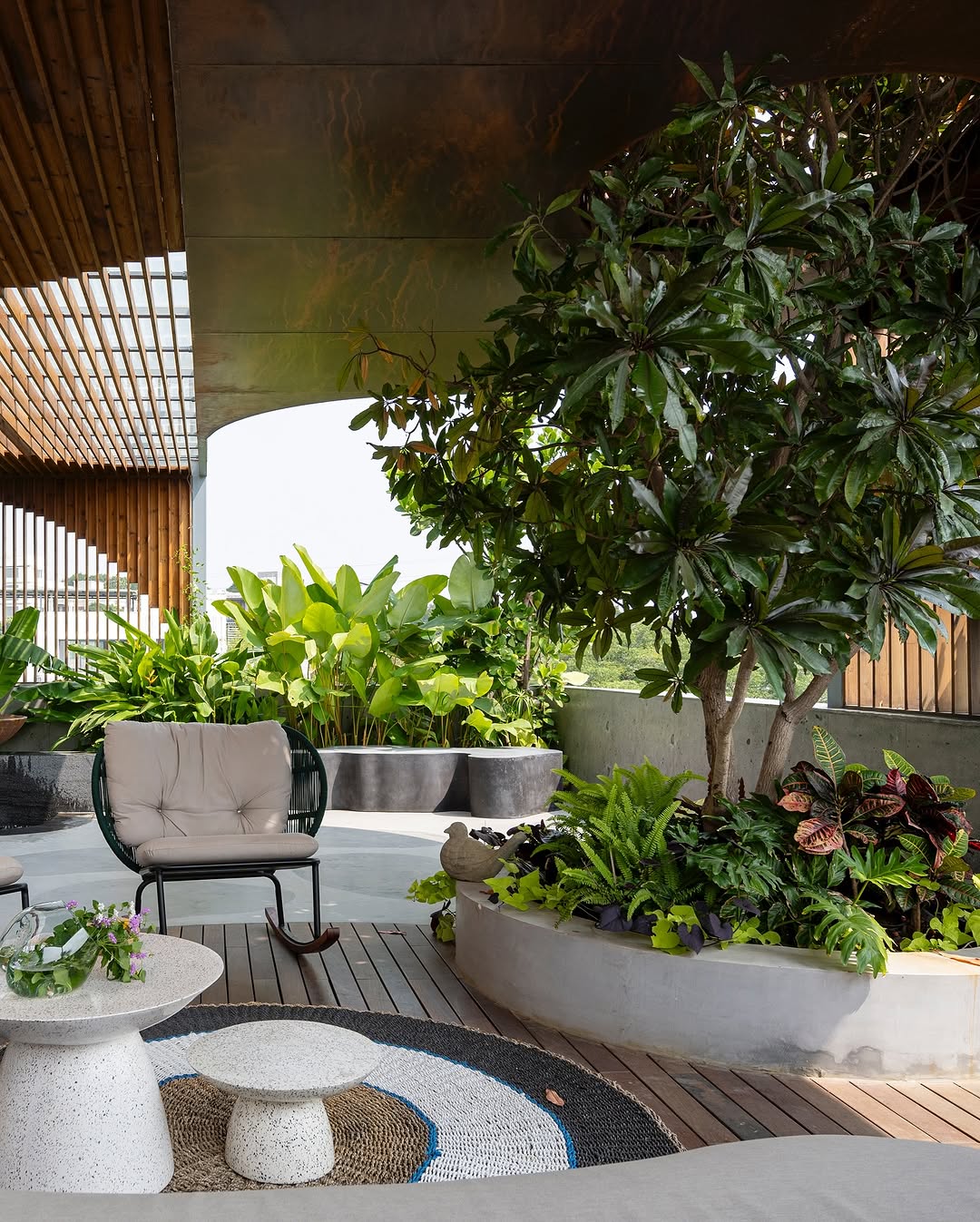
source @kiasma.studio
Before digging into your garden, take the time to plan your layout carefully. Sketch a rough design that includes walkways, seating areas, plant beds, and focal points. Consider the natural elements such as sunlight, wind direction, and soil type, as these factors will influence plant selection and placement. By having a clear vision, you can avoid costly mistakes and ensure your garden is both functional and visually appealing. A well-thought-out plan also helps balance softscapes (plants, flowers, grass) with hardscapes (paths, walls, patios), creating a cohesive and inviting atmosphere.
2. Use Layering to Add Depth and Interest

source @ed_landscapes_
A well-designed garden features depth and dimension, and one of the best ways to achieve this is through layering. By placing taller plants in the back, medium-height plants in the middle, and low-growing ground covers in the front, you create a cascading effect that makes your garden look lush and full. Layering also allows you to experiment with textures and colors, creating visual interest and a natural flow throughout your space. Think of your garden as a painting—each plant contributes to the overall composition, enhancing its beauty and charm.
3. Incorporate Pathways for Functionality and Flow
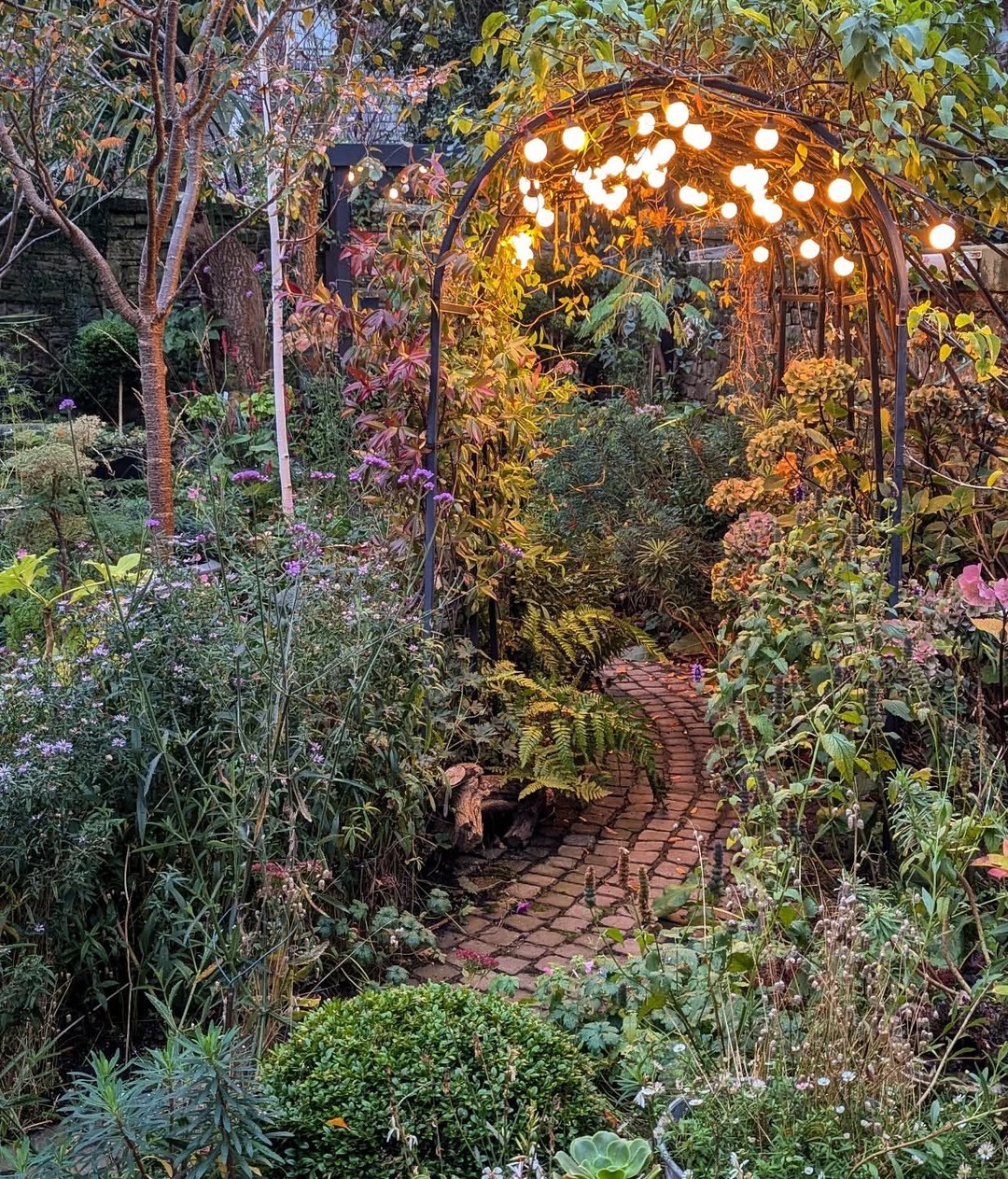
source @homeandgardenparadise
Pathways are essential in garden design because they create a sense of movement and accessibility. Whether you choose gravel, stepping stones, brick, or pavers, pathways help define different areas of your garden and encourage exploration. A winding path lined with flowers or shrubs can make your outdoor space feel larger, while a straight, structured pathway creates a more formal look. Paths also serve practical purposes, preventing foot traffic from damaging delicate plants and keeping the garden organized.
4. Choose Low-Maintenance Plants
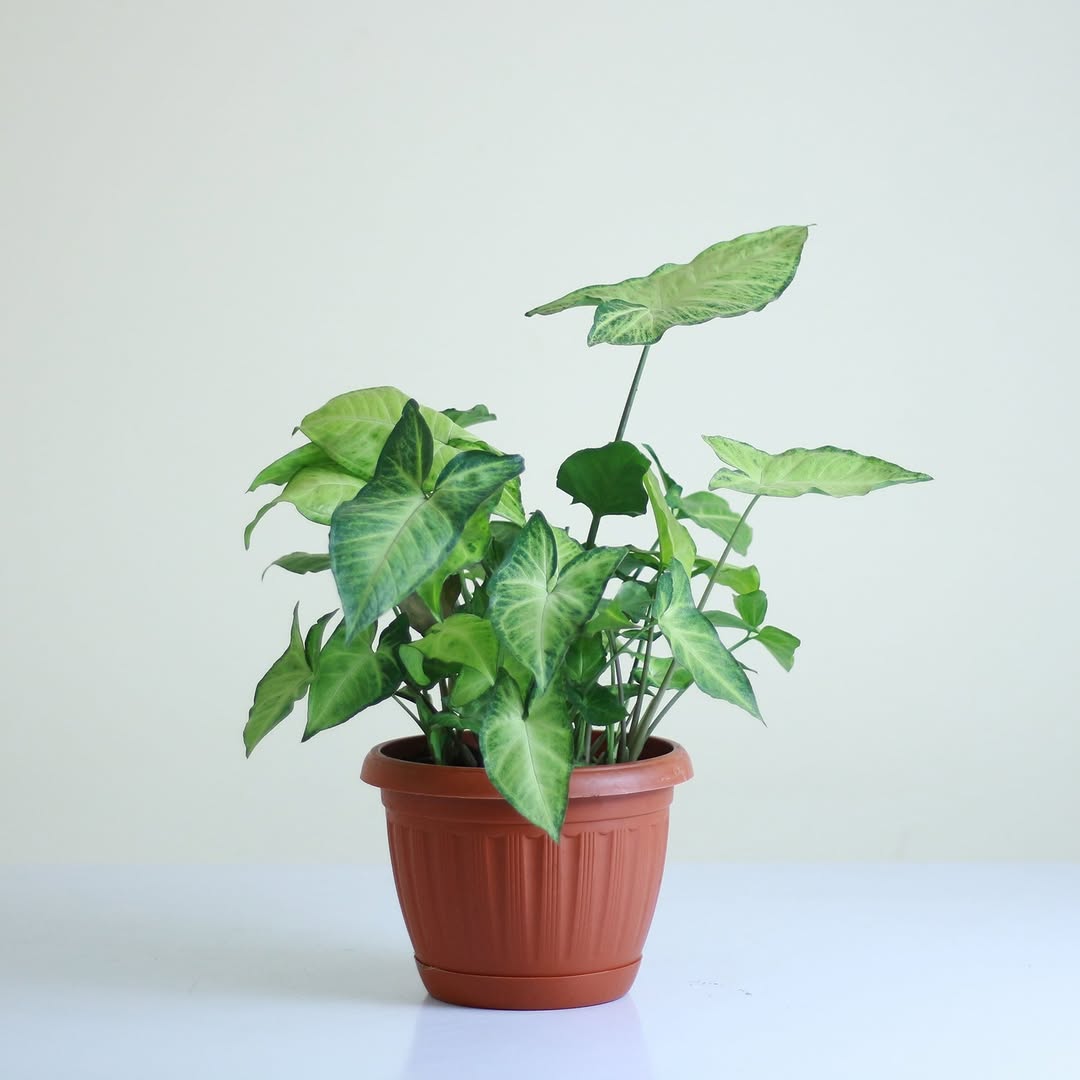
source @mashtalgardencenters
Not everyone has the time to care for high-maintenance plants, so choosing easy-to-grow species ensures your garden remains beautiful with minimal effort. Native plants are an excellent choice since they are well-adapted to your region’s climate and require less water and care. Perennials like lavender, hostas, and ornamental grasses are great options because they come back year after year, reducing the need for constant replanting. Selecting hardy, drought-resistant plants also means less watering and upkeep, making gardening more enjoyable and less time-consuming.
5. Add a Focal Point to Draw the Eye

source @prettypurpledoor
Every well-designed garden needs a focal point—a striking feature that grabs attention and adds personality. This could be a beautiful water fountain, a statement tree, a sculpture, or even a cozy seating area. A focal point serves as an anchor, guiding the viewer’s eye and creating a sense of balance within the landscape. Placing it strategically in an open area or at the end of a garden path ensures maximum impact, making your garden feel more intentional and thoughtfully designed.
6. Mix Hardscapes with Softscapes

source @ecomice.landscaping
A perfect garden strikes a balance between natural elements and man-made features. Incorporating hardscapes such as stone walls, wooden pergolas, benches, and patios alongside lush greenery adds contrast and structure. Hardscapes also provide practical benefits, such as creating defined spaces for relaxation and entertainment. Combining the softness of flowers and grass with the durability of stone or wood enhances the overall aesthetic, giving your garden a well-rounded, polished look.
7. Opt for Native Plants for Sustainability
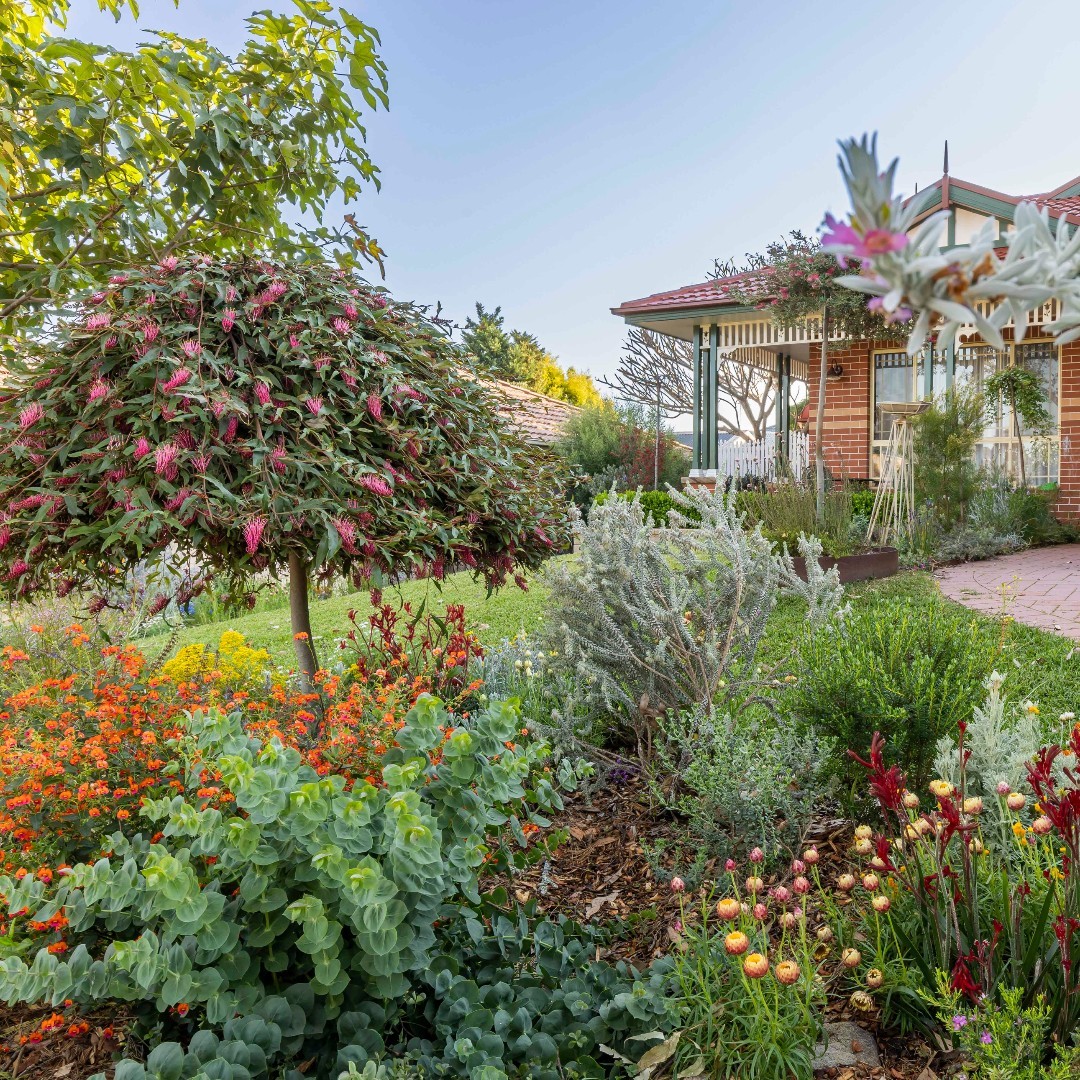
source @nativeplantproject
Using native plants in your landscaping is an environmentally friendly choice that promotes biodiversity and reduces water consumption. These plants have evolved to thrive in your local climate, requiring less maintenance and fewer chemical fertilizers. Native flowers, shrubs, and trees also attract beneficial pollinators like bees and butterflies, contributing to a healthier ecosystem. By choosing species that naturally belong in your region, you create a garden that is both sustainable and stunning.
8. Create Privacy with Tall Plants or Screens
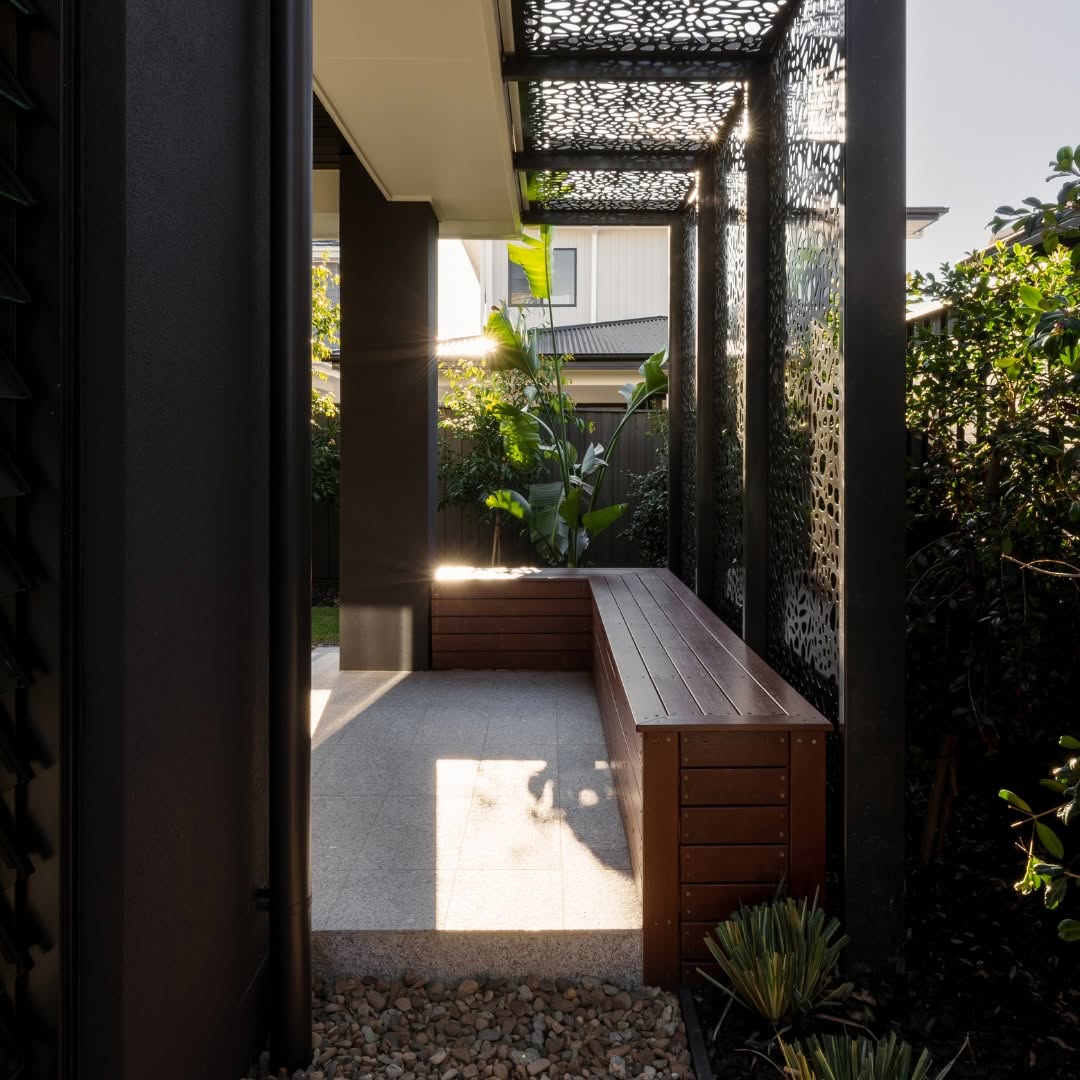
source @insightlandscapes
Your garden should be a private sanctuary where you can relax without worrying about prying eyes. Tall hedges, bamboo screens, climbing vines, or lattice panels can serve as natural barriers, blocking unwanted views while adding beauty. If you prefer a more open feel, strategically placing trees or trellises with flowering plants can create subtle privacy without making the space feel closed off.
9. Incorporate Vertical Gardening
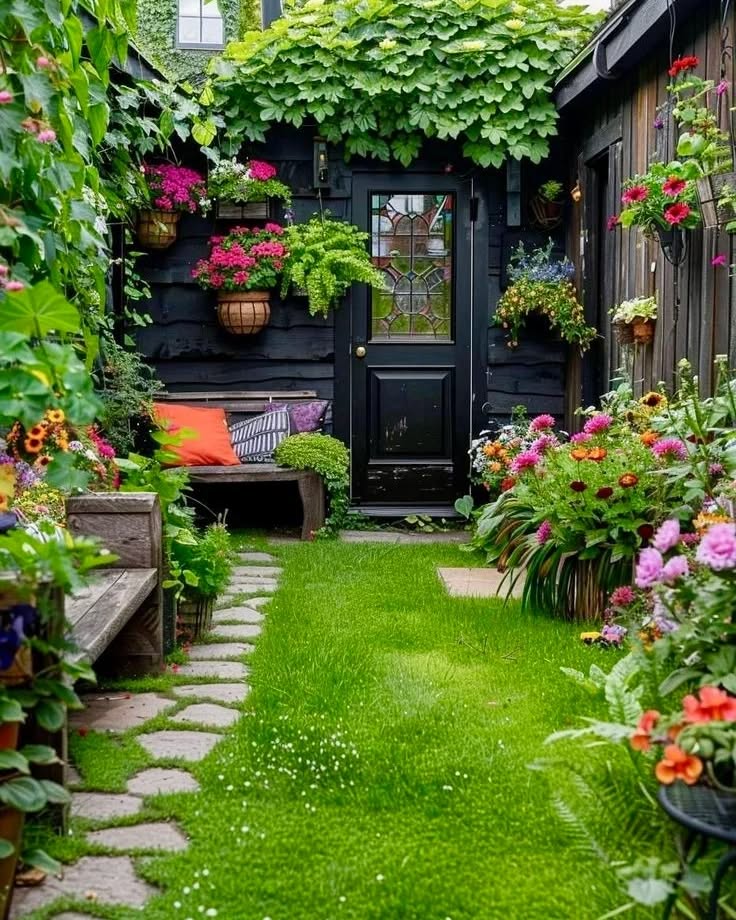
source @gardenmarketonline
If you’re working with limited space, vertical gardening is a fantastic way to maximize your garden’s potential. Trellises, wall planters, and hanging baskets allow you to grow more plants without taking up valuable ground space. This method is especially useful for small patios, balconies, or urban gardens where horizontal space is limited. Plus, vertical gardening adds an artistic touch, turning bare walls or fences into lush, green displays.
10. Use Color to Enhance Mood and Atmosphere
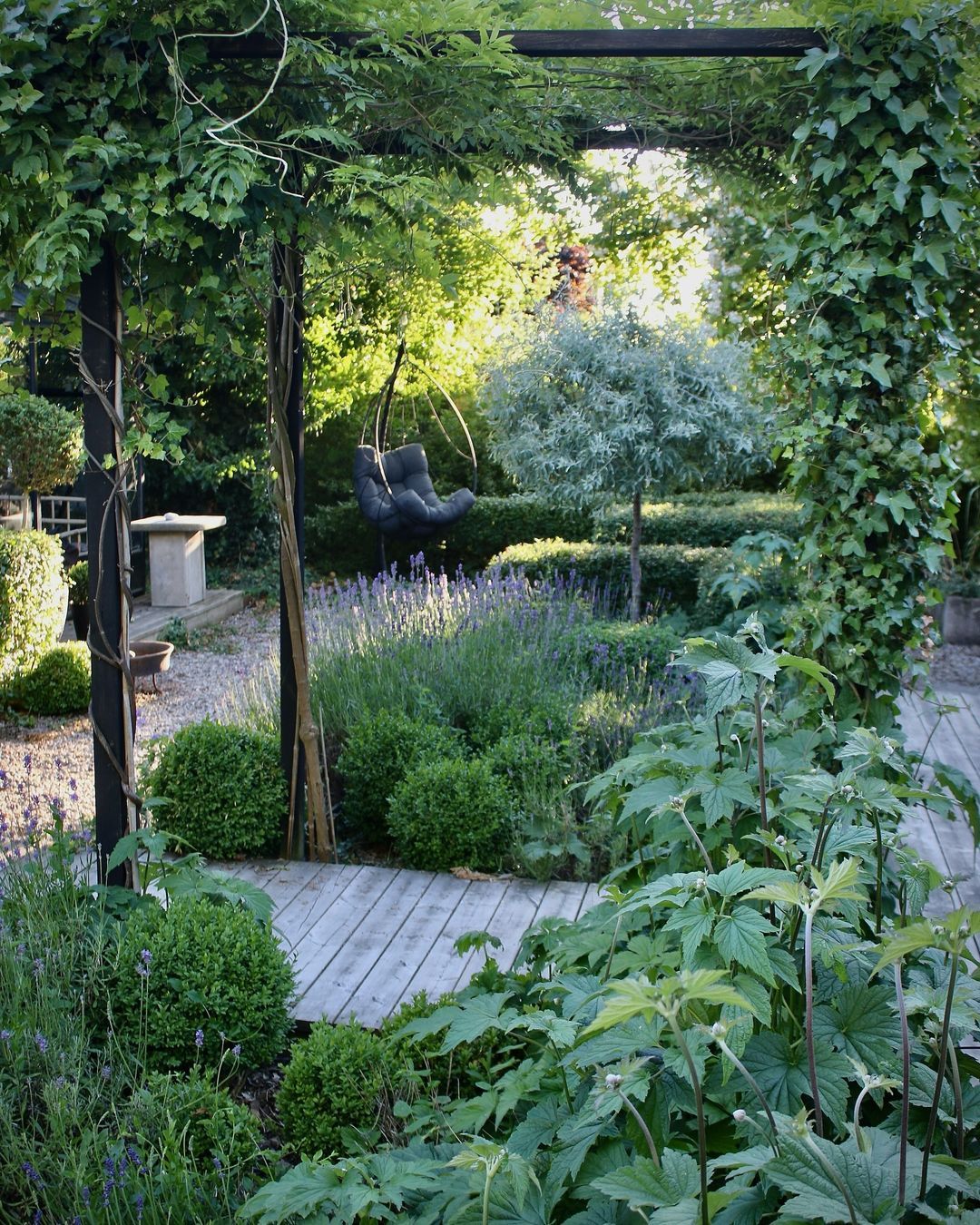
source @homeandgardenparadise
Color has a powerful effect on the ambiance of your garden. Bright reds, oranges, and yellows create an energetic and lively atmosphere, while blues, purples, and greens evoke calmness and relaxation. A well-planned color scheme can tie your landscape together, making it more visually appealing. Consider seasonal blooms to ensure your garden remains colorful year-round, with tulips and daffodils in spring, sunflowers in summer, and chrysanthemums in fall.
11. Invest in Good Soil for Healthy Growth

source @pharmunique
The success of your garden largely depends on the quality of your soil. Testing your soil’s pH and nutrient levels helps you determine what amendments it needs to support healthy plant growth. Adding organic matter like compost or mulch improves soil structure, providing essential nutrients and retaining moisture. Healthy soil ensures strong root development, leading to lush and vibrant plants.
12. Incorporate Water Features for Tranquility
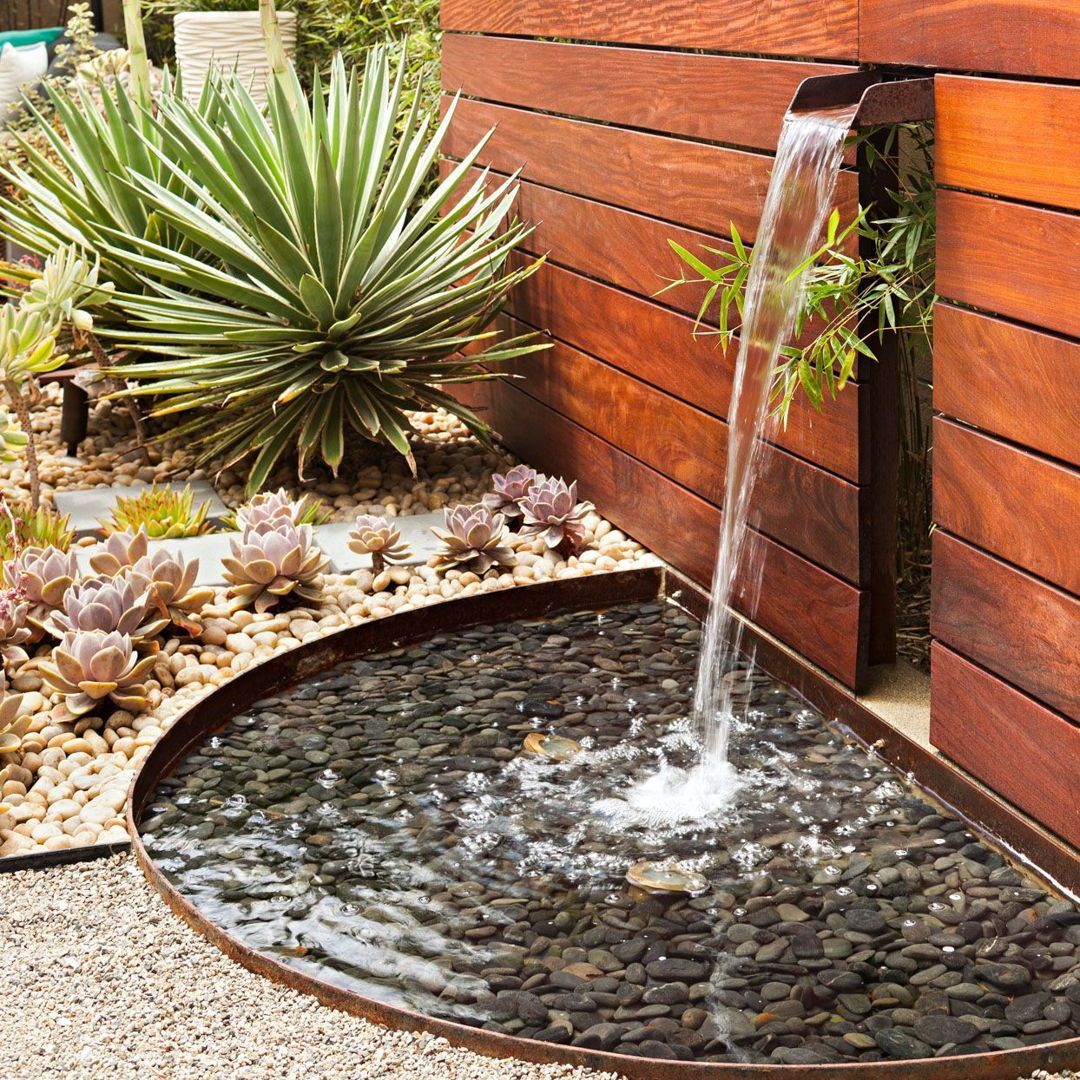
source @landbros_la
Adding a water feature to your garden instantly elevates its ambiance, creating a serene and refreshing atmosphere. The gentle sound of flowing water has a calming effect, making your garden a perfect retreat from the stresses of daily life. Whether it’s a small bubbling fountain, a koi pond, or a cascading waterfall, a water feature adds movement and depth to your outdoor space. It also attracts birds and beneficial insects, enhancing the natural ecosystem of your garden. When selecting a water feature, opt for energy-efficient solar-powered fountains or recirculating systems to minimize water waste and maintenance efforts. Positioning the feature near a seating area ensures you can fully enjoy its soothing sounds while relaxing in your garden.
13. Add Outdoor Lighting for Evening Enjoyment
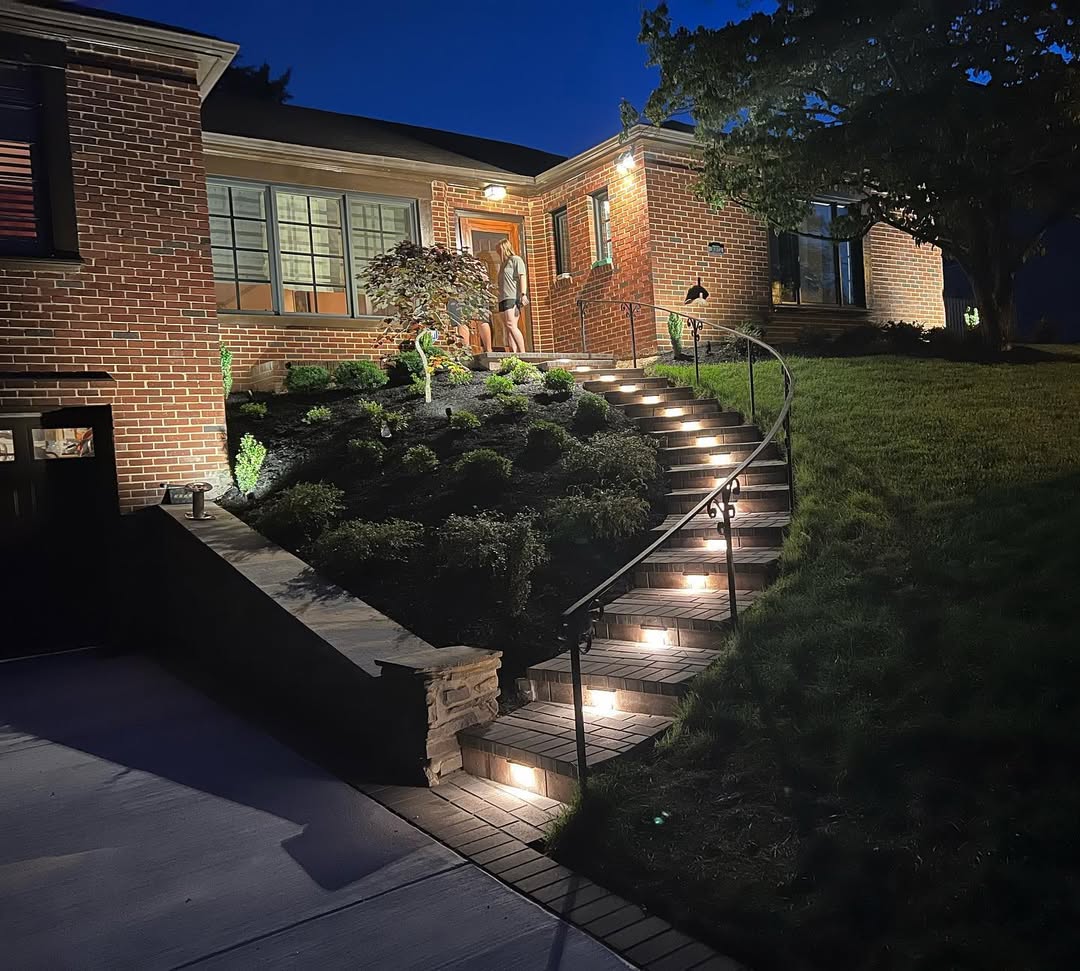
source @gomasonry
A beautifully landscaped garden shouldn’t be limited to daytime enjoyment. Strategic outdoor lighting can transform your garden into a magical retreat at night, highlighting key features and creating a cozy, inviting atmosphere. Consider using a combination of solar-powered pathway lights, LED string lights, and spotlights to illuminate walkways, trees, and garden beds. Soft, warm lighting enhances the overall ambiance, while motion-sensor lights add an extra layer of security. Hanging lanterns or fire pit areas can create a stunning focal point, making your garden the perfect space for evening gatherings. When selecting lighting fixtures, choose weather-resistant, energy-efficient options that complement your garden’s style.
14. Choose the Right Outdoor Furniture

source @patioandtable
Your garden should be an extension of your home, offering comfort and functionality. Investing in high-quality outdoor furniture ensures you have a stylish and durable space to relax or entertain guests. Look for weather-resistant materials like teak, wrought iron, or all-weather wicker to withstand outdoor elements. Cozy seating arrangements with plush cushions, hammocks, or lounge chairs create a welcoming environment. If space allows, an outdoor dining table or fire pit seating area can make your garden a prime spot for hosting dinners or enjoying drinks under the stars. To maintain your furniture’s longevity, consider protective covers or storage solutions during extreme weather conditions.
15. Incorporate Raised Garden Beds for Easier Maintenance
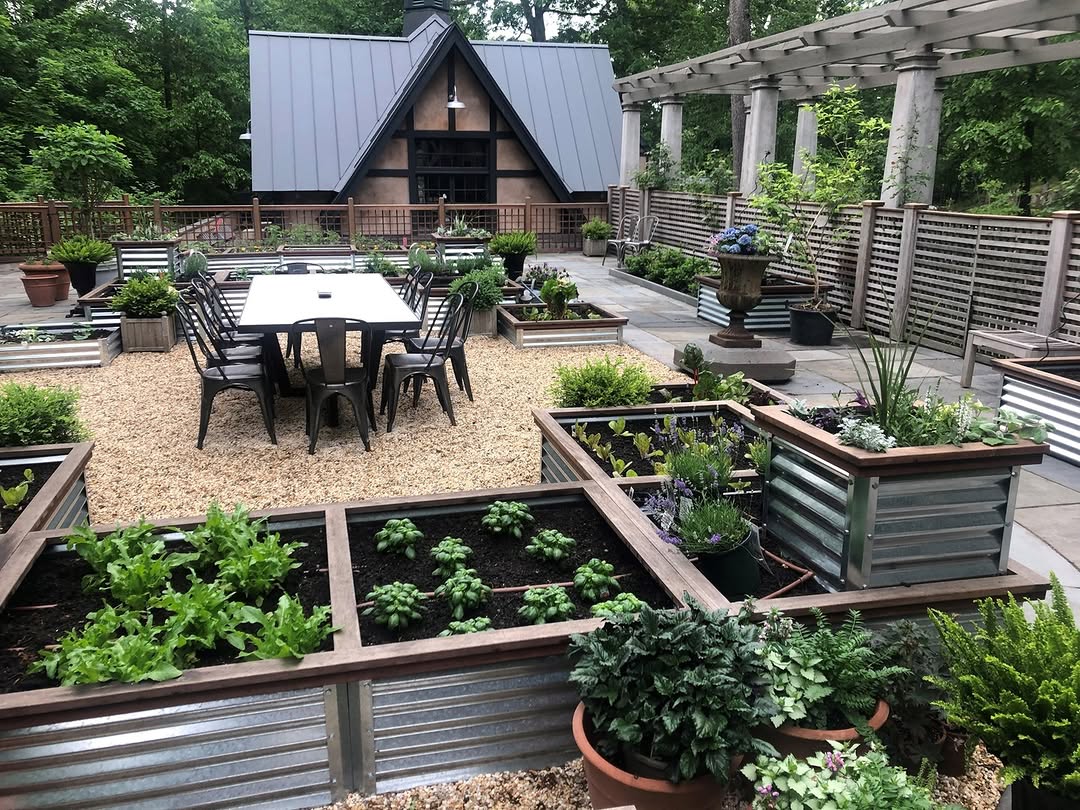
source @metalgardenbeds
Raised garden beds offer a practical and aesthetically pleasing solution for growing flowers, herbs, or vegetables. These elevated planters improve soil drainage, minimize weed growth, and reduce the strain on your back when tending to plants. They also provide better control over soil quality, allowing you to create the ideal growing conditions for your plants. Raised beds can be constructed from wood, metal, or composite materials, depending on your garden’s aesthetic. Arranging multiple raised beds in a symmetrical layout adds a structured, organized look to your space. For those short on time, pre-made raised garden bed kits available on Amazon make installation easy and efficient.
16. Attract Pollinators with the Right Plants
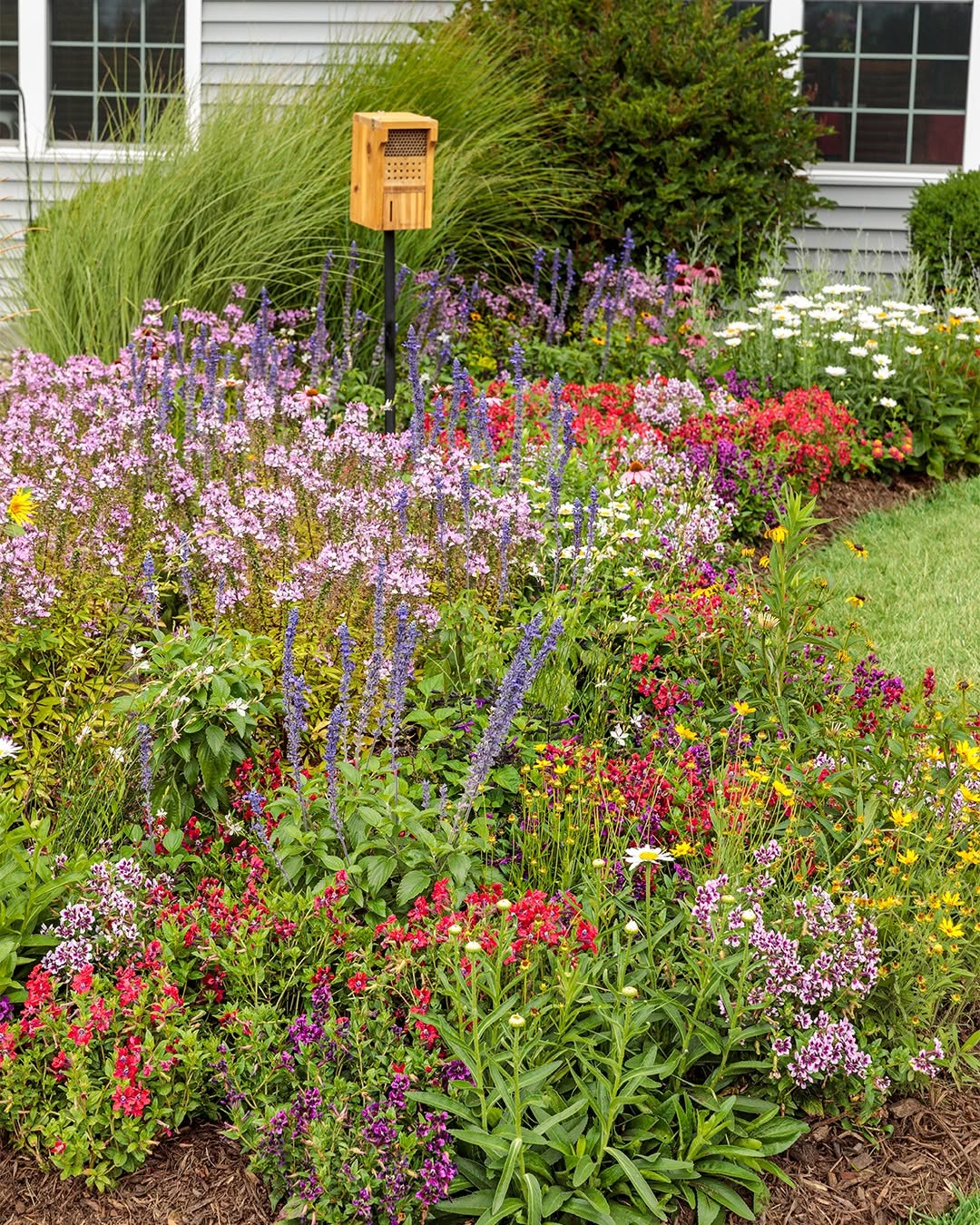
source @provenwinners
A thriving garden isn’t just about aesthetics—it should also support the surrounding ecosystem. Planting flowers and shrubs that attract bees, butterflies, and hummingbirds encourages biodiversity and promotes healthy plant growth. Pollinators play a crucial role in fertilization, ensuring a successful bloom season. Consider adding lavender, echinacea, salvia, and bee balm, as these plants provide nectar and pollen throughout the year. A small butterfly garden with milkweed and wildflowers can serve as a sanctuary for these beneficial creatures. Providing a shallow water dish and avoiding pesticides further supports their well-being.
17. Use Mulch for Healthier Soil and Less Maintenance
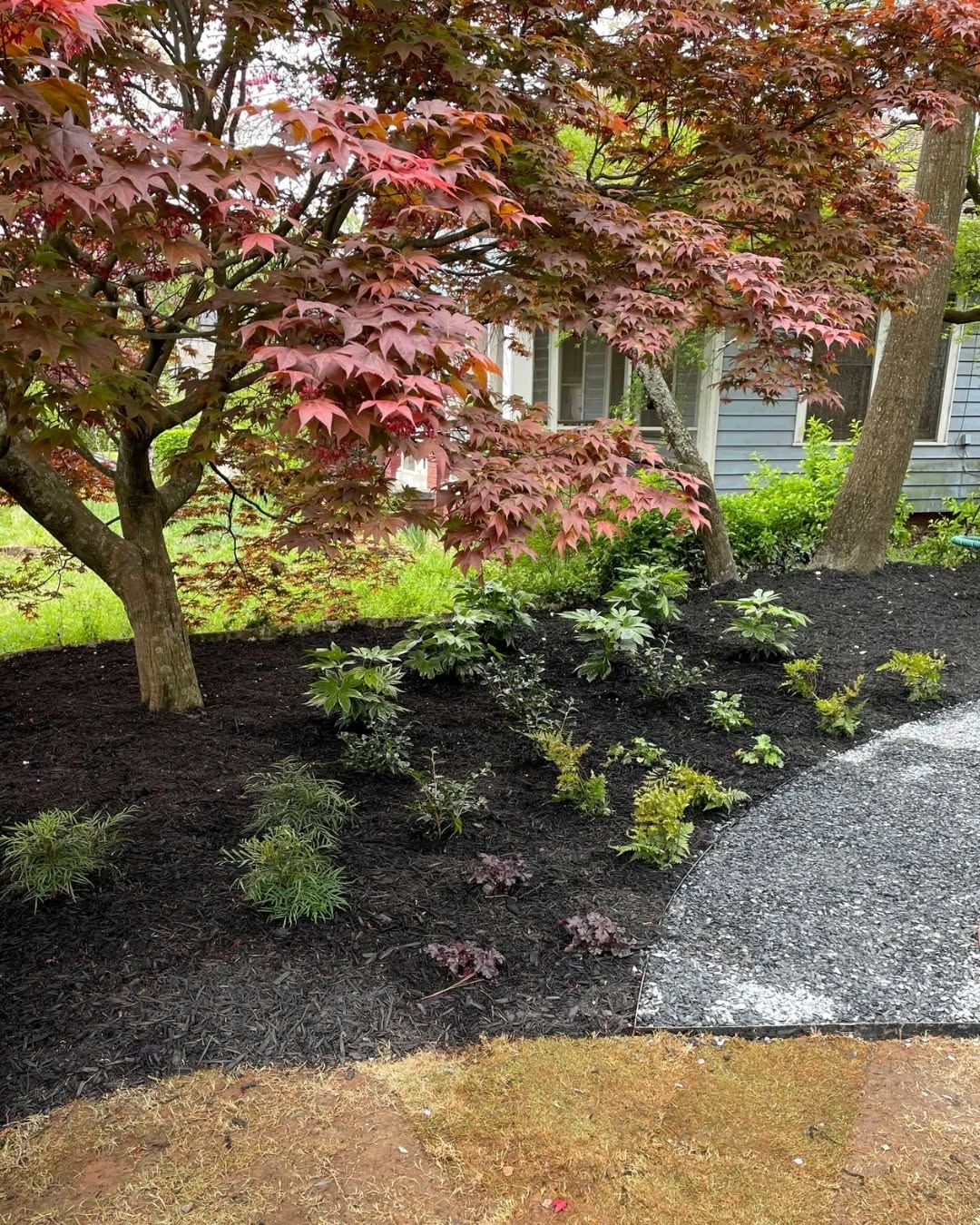
source @howkinslandscape
Mulching is one of the easiest and most effective ways to maintain a healthy garden while reducing maintenance efforts. A layer of mulch helps retain soil moisture, suppress weeds, and regulate soil temperature, protecting plant roots from extreme weather. Organic mulch options like wood chips, bark, or straw gradually decompose, enriching the soil with essential nutrients. In addition to its functional benefits, mulch enhances the garden’s appearance, giving beds a polished, well-maintained look. For an eco-friendly approach, consider using recycled rubber mulch, available on Amazon, which lasts longer and requires minimal upkeep.
18. Create Zones for Different Activities
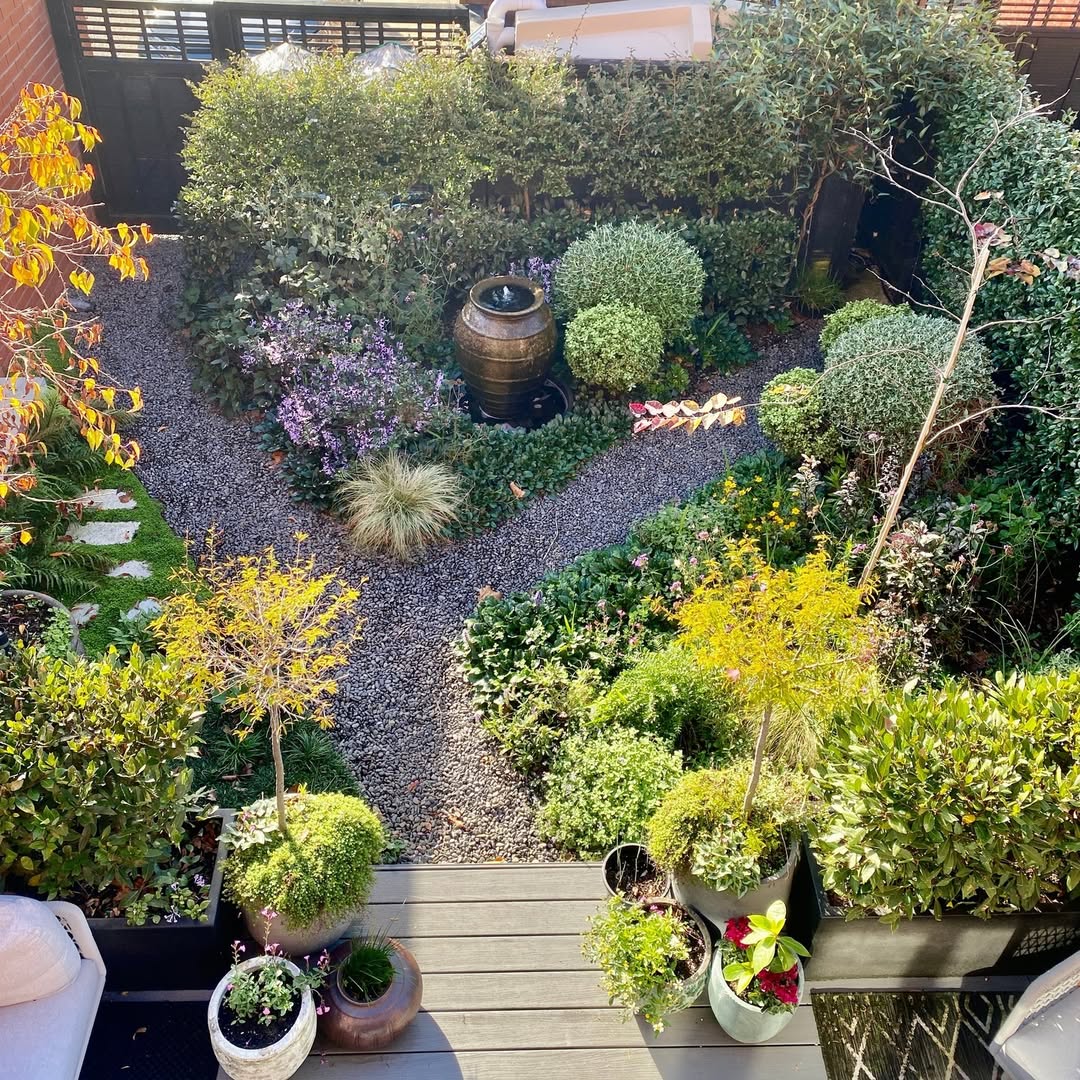
source @citybotanics
A well-designed garden serves multiple purposes, whether for relaxation, entertainment, or gardening. Creating designated zones within your outdoor space ensures it remains organized and functional. A cozy seating area with lounge chairs and a fire pit can serve as a relaxation spot, while a dining area with a pergola or umbrella provides shade for meals. Raised beds or vertical gardens can form a dedicated planting section, and an open lawn area can serve as a play space for kids or pets. Using hedges, trellises, or decorative fences helps define these zones while maintaining a cohesive design.
19. Embrace Seasonal Planting for Year-Round Beauty
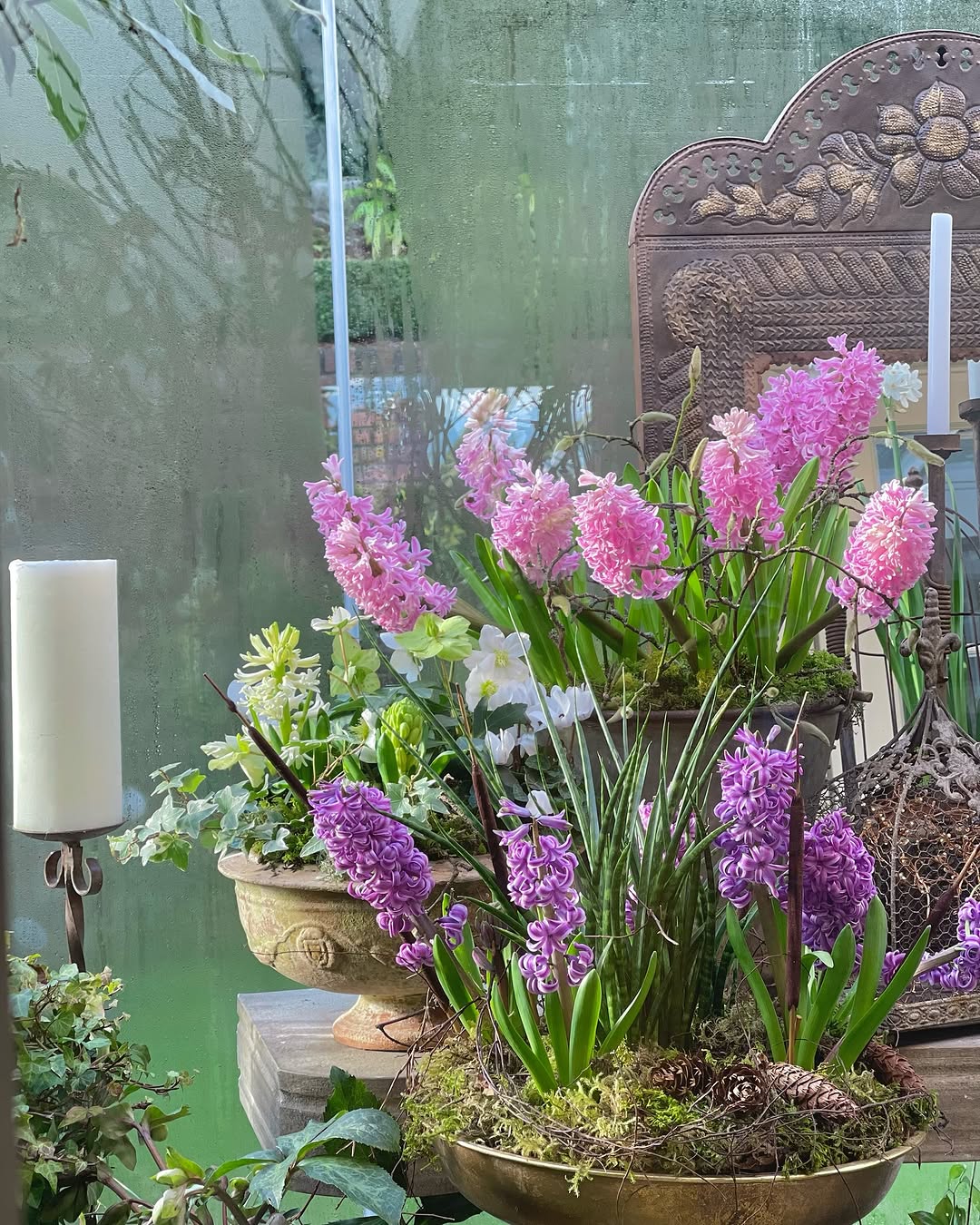
source @magdas_garden
To keep your garden vibrant throughout the year, incorporate a mix of seasonal plants that bloom at different times. Spring bulbs like tulips and daffodils bring fresh colors after winter, while summer perennials like roses and hydrangeas create a lush, full garden. Fall plants like chrysanthemums and ornamental grasses add warmth, and evergreens provide structure and greenery during winter. Rotating seasonal plants ensures your garden remains visually appealing and dynamic, preventing dull or empty patches. If you prefer low-maintenance options, container gardening allows you to switch out seasonal flowers effortlessly while maintaining a consistent design.



